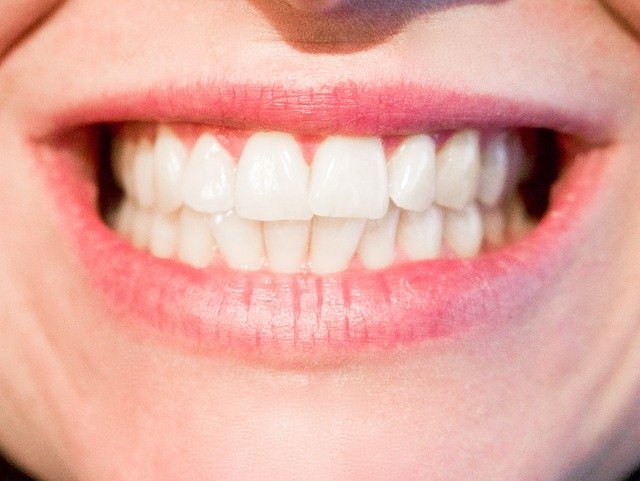
In a new study, researchers have developed a new filling material, which is two times more resistant to breakage than standard fillings.
The new filling material is made from a compound called thiourethane, which can make car bumpers strong and protect wood decks.
The research was conducted by a team from Oregon Health & Science University.
Currently, dental restorations often only last 7- 10 years before they are broken.
The week dental restorations can crack under the pressure of chewing. They may also have gaps between the filling and the tooth.
This allows bacteria to seep in and form a new cavity in the tooth.
Eventually, the tooth under the restorations becomes weaker, and a small cavity can develop into root canal damage.
Sometimes, the patient may lose the tooth or even have life-threatening infections.
Previous research showed that severe dental diseases are linked to many chronic health conditions, such as heart disease, cancer, and Alzheimer’s disease.
For example, one study found that people with advanced gum disease had an increased risk of cancer.
These people can have a 24% higher risk of developing lung cancer and colon cancer.
Another recent study showed that dental diseases could be a plausible risk factor for Alzheimer’s disease.
In the current study, the team aimed to solve the problem.
They created a new filling material using the additive thiourethane. The additive is also in protective coatings for cars and decks. The material can hold up much better to chew.
They also developed a new adhesive that’s much stronger in use after six months than current adhesives used to keep fillings in place.
They used a specific kind of polymer—known as (meth)acrylamides to make the new adhesive.
The new adhesive is more resistant to damage in water, bacteria, and enzymes in the mouth than currently available adhesives.
The two inventions can make longer-lasting dental restorations and help patients avoid returning visits to the dentist’s office.
The findings suggest that with stronger dental materials, patients don’t need to get fillings repaired or replaced as often as before.
This could greatly reduce cost and hassle. It may also protect patients from more serious problems and more extensive treatment.
The lead author of the study is Carmem Pfeifer, D.D.S., Ph.D., an associate professor of restorative dentistry.
The study is published in Scientific Reports.
Copyright © 2019 Knowridge Science Report. All rights reserved.



